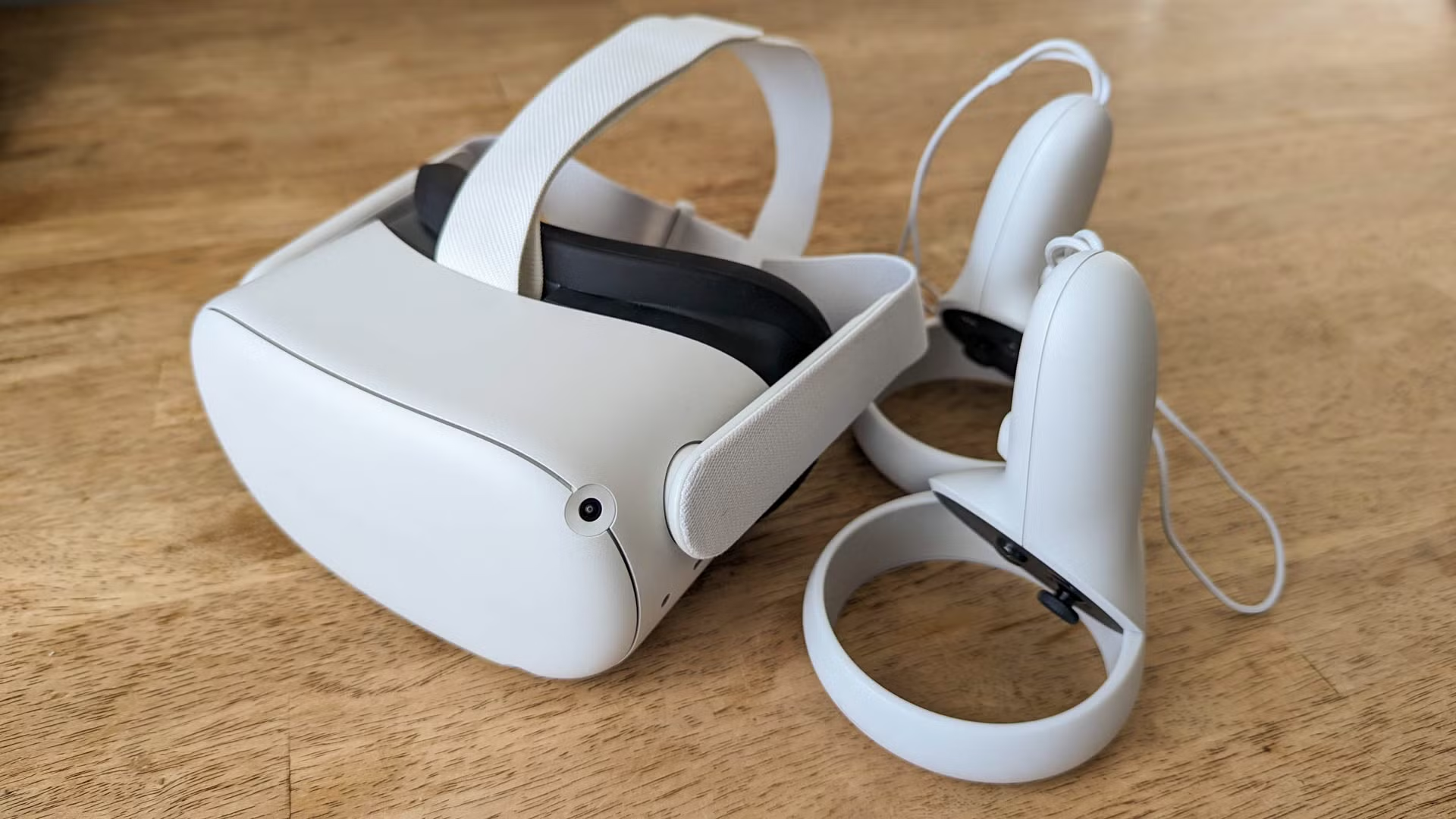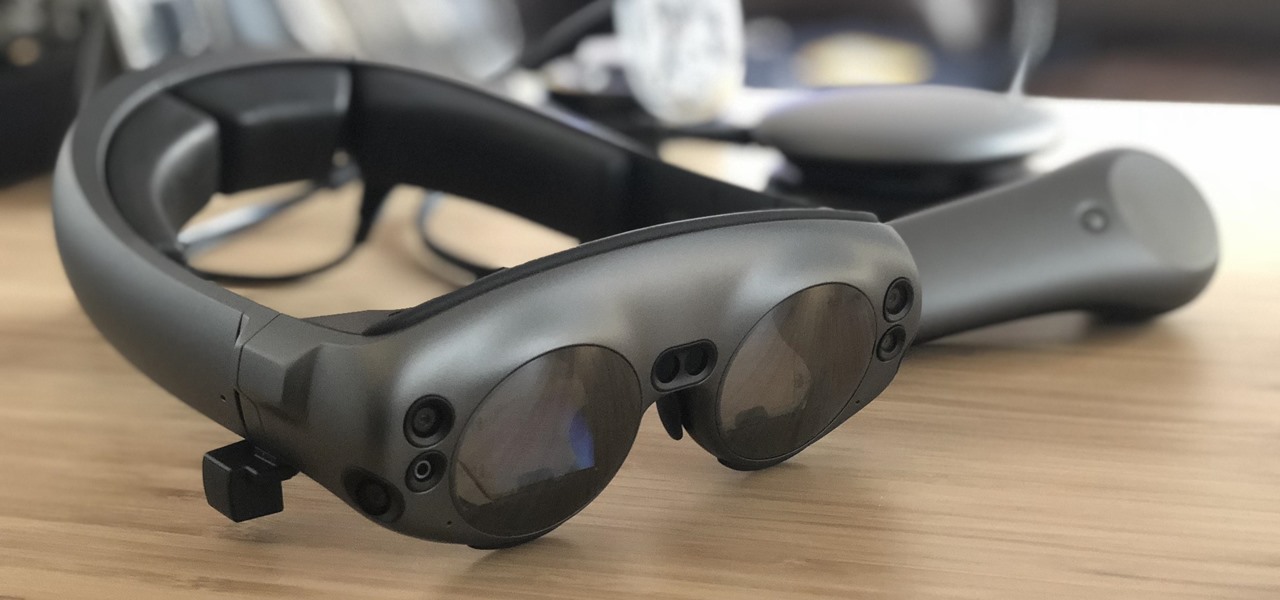Virtual Reality & Mixed Reality
Virtual Reality (VR) and Mixed Reality (MR) are immersive technologies that enhance user interaction with digital environments. VR creates an immersive digital experience, isolating users from the real world through headsets and handheld controllers. MR blends the physical and digital worlds, allowing real-time interaction with virtual objects in the real environment. It is commonly used in industries like architecture, education, and manufacturing for collaboration and visualization. Both technologies push innovation boundaries.
Meta Quest 2

The Meta Quest 2 is a standalone VR headset developed by Meta Platforms, offering an all-in-one experience without requiring a connection to a PC or gaming console. It is lightweight, user-friendly, and powered by the Qualcomm Snapdragon XR2 chipset.
Key features include a high-resolution display with a per-eye resolution of 1832 x 1920 pixels, standalone functionality, an ergonomic design, access to a wide range of VR games and apps through the Meta Quest Store, two touch controllers with improved ergonomics and hand-tracking capabilities, and wireless gaming via Air Link.
The Meta Quest 2 is popular among casual users and VR enthusiasts due to its affordability, accessibility, and versatility. It supports social VR applications and productivity tools, catering to various use cases.

